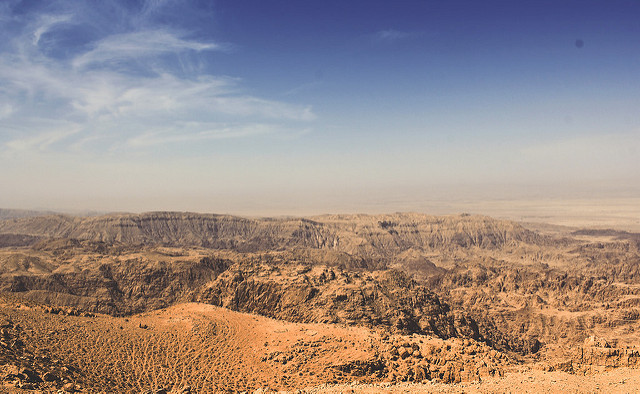
Climate change may make Middle East and North Africa uninhabitable
Rising sea levels, increasingly severe storms and deadly heat waves may imperil the region in coming decades, scientists and studies say
It doesn’t take a rocket scientist to know that the Middle East gets hot in the summer, but scientists and studies warn that climate change may make living there much harder. They say the entire Middle East and North Africa (MENA) region is susceptible to some of the more severe consequences of global warming, including lethal heat waves, extensive drought and rising sea levels.
Dr Benjamin Cook, a NASA scientist at the Goddard Institute for Space Studies, told Middle East Eye that the region is particularly vulnerable to climate change.
“The MENA region and the Mediterranean can expect reduced rainfall, increased intensity and occurrence of droughts, and much more severe heat extremes,” he said.
“The whole region is already highly sensitive to drought because of the limited water resources, and this area is a place where we really expect the drought-related impacts of climate change to be particularly important. Sea level rise is likely to have a big impact anywhere along the coast, especially on cities and settlements that are right at sea level,” he added.
Cook warned that “the further we move into the future, and the stronger the warming, the clearer and stronger all of these impacts will be”.
Global food security in peril
On Monday, the think-tank Chatham House published a report on how climate change imperils global food security by pressuring a small number of Middle East “chokepoints” – or critical trade route locations.
Read the full article by Jacob Powell via Middle East Eye.
[Photo by Je suis Eli | Flickr]







